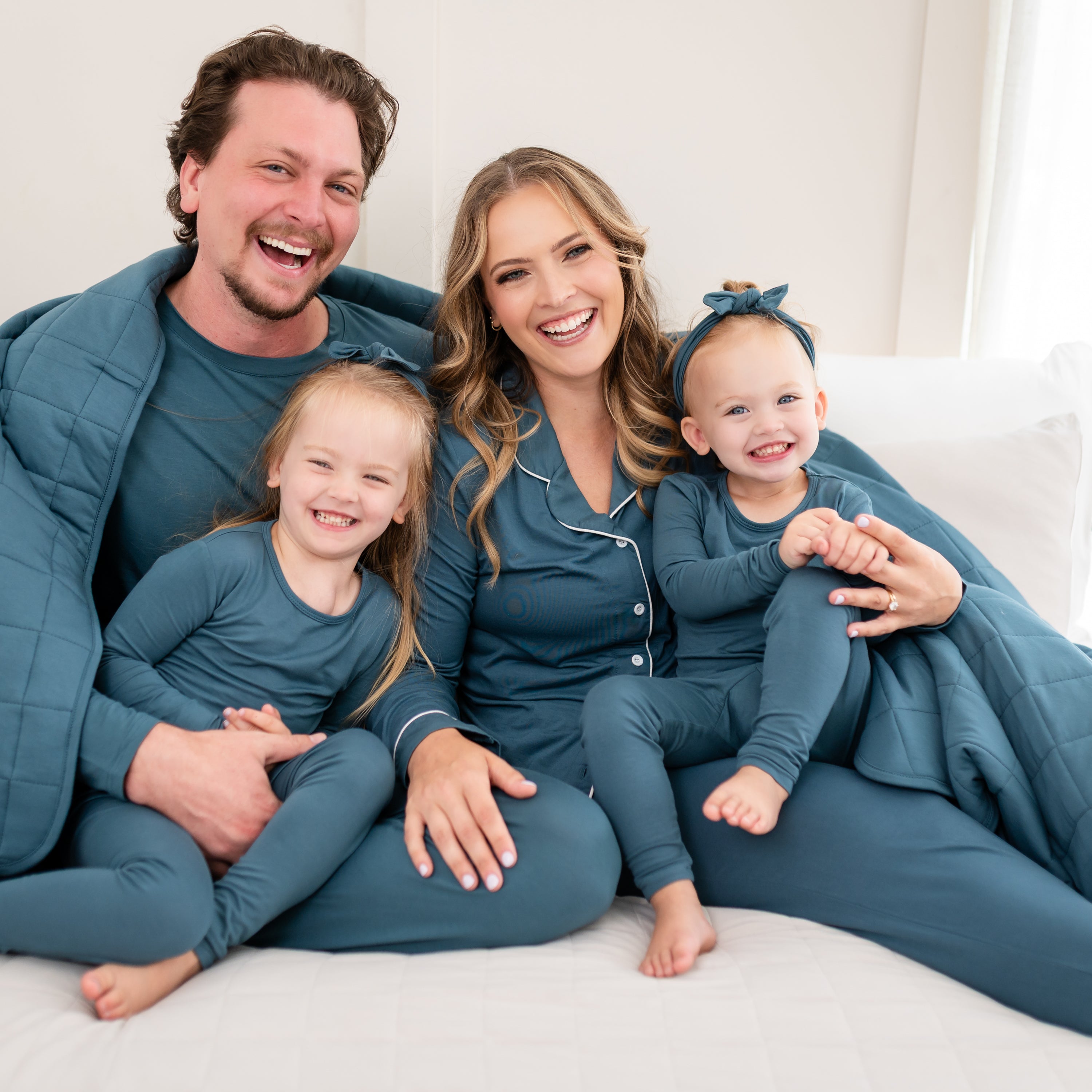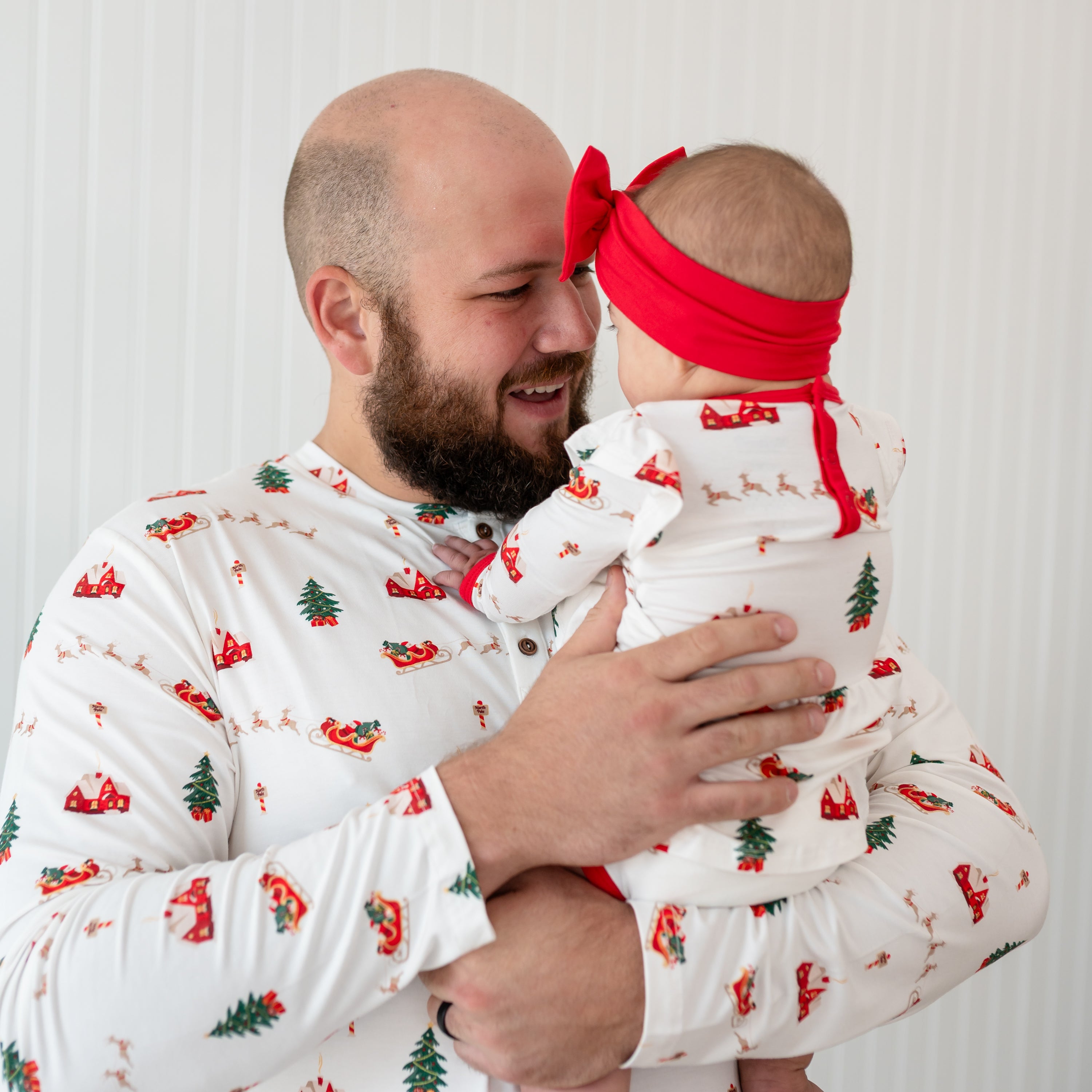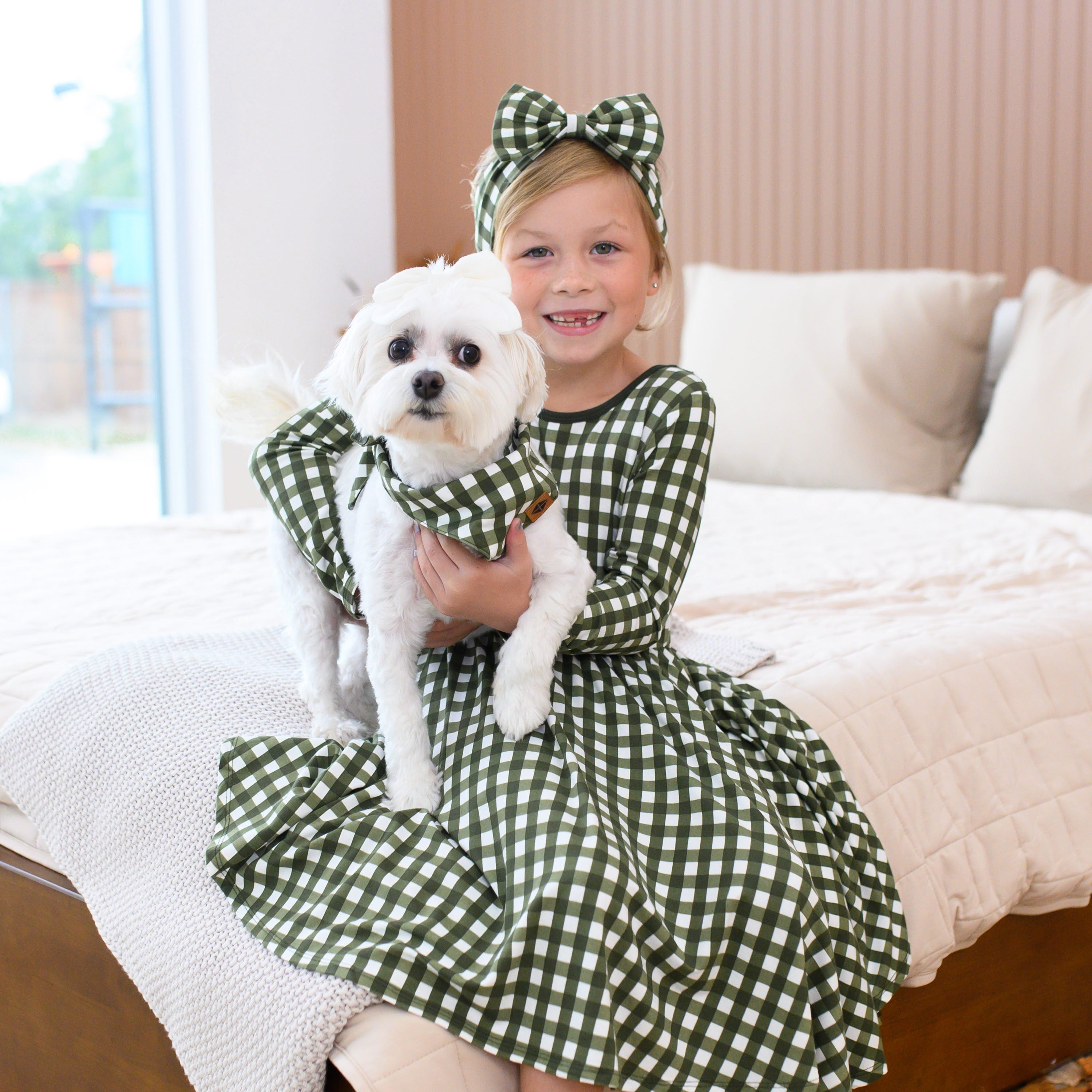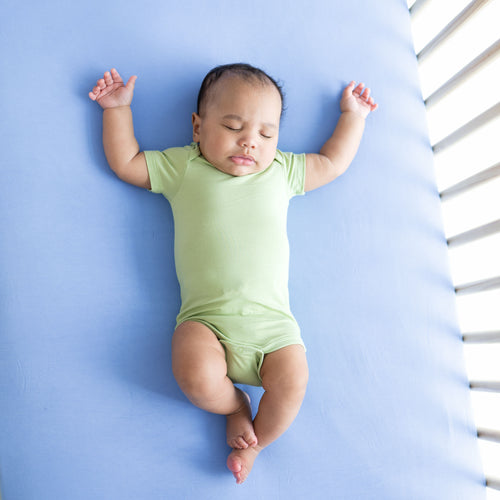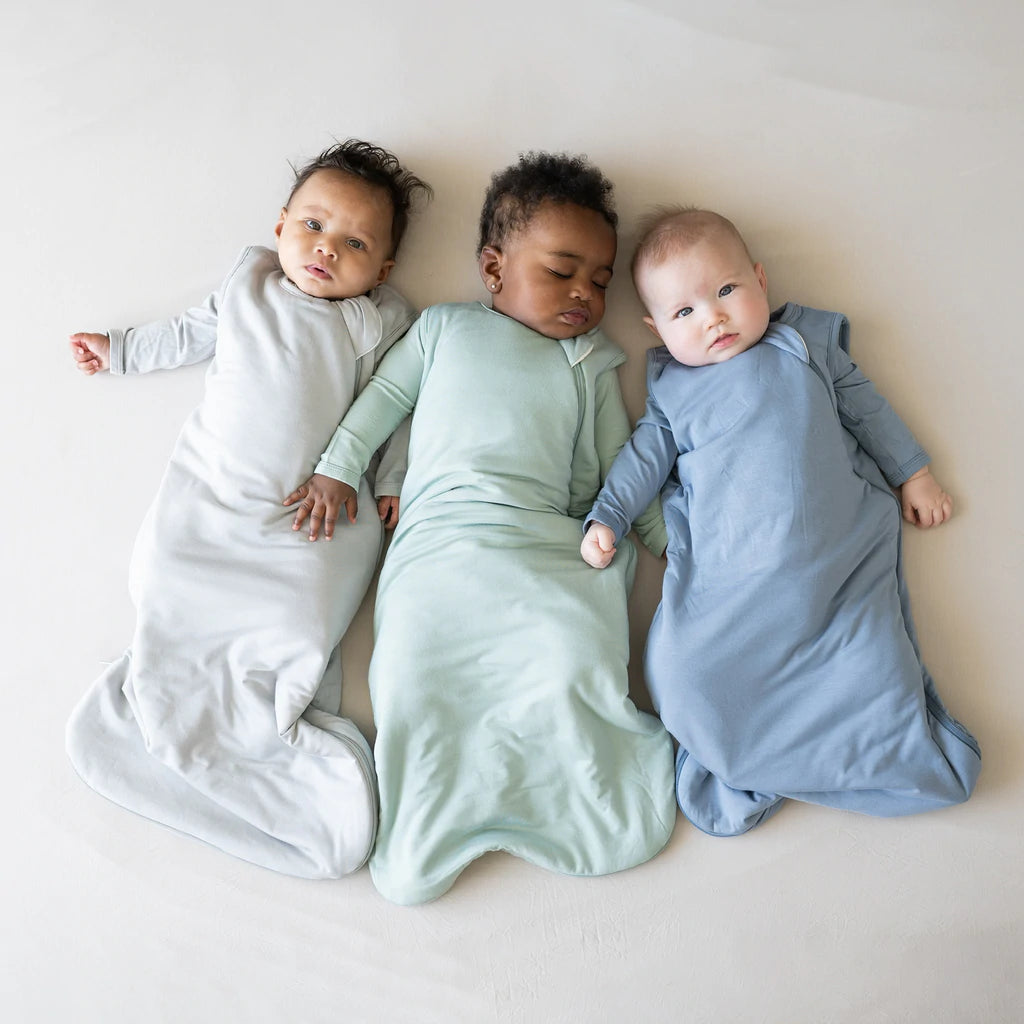It’s no secret that babies dirty their diapers a lot. It’s hard to comprehend just how many diapers young babies go through, until you find yourself changing the diaper pail for what seems like the fifth time that week. And the reason they need to be changed so frequently? To prevent diaper rash. Diaper rash is one of those unpleasant battles you may find yourself constantly fighting when you have a baby. It’s a common issue that occurs because your baby’s sensitive, delicate skin is in constant contact with moisture and bacteria. Despite your careful care and attention, your baby will most likely get diaper rash at one point or another. Luckily, most cases are mild and treatment is simple. Since it’s easier to prevent diaper rash than to treat it and the steps are actually the same, here’s what you should always do to keep your baby’s skin healthy and rash-free.

WHAT CAUSES DIAPER RASH?
Diaper rash is caused by a multitude of reasons. These include:
- Too much moisture
- Prolonged exposure to urine or stool
- Chafing from the diaper
- Yeast infection
- Bacterial infection
- Reaction to the diaper material
- Reaction to food
If your baby is already eating solid food, certain acidic foods can cause diaper rash. The most common offenders are citrus, tomatoes, strawberries, and pineapple. To prevent irritation to your baby’s skin, it’s recommended to eliminate these foods from their diet or at least limit them. If your baby’s rash is caused by a reaction to the diaper material, you will want to test different brands to find one that does not irritate their skin. 
CHANGE DIAPERS FREQUENTLY
Not all reasons for diaper rash are fully preventable, but one of the most common causes—the moist exposure to urine and/or stool—is. Changing your baby’s diapers frequently is one of the easiest and most effective ways to prevent diaper rash. We’ve all been there: you just finished changing your baby’s diaper, and you’re tossing the dirty one in the diaper pail, only to turn around and hear that telltale grunt. Yup. There’s a tiny streak of poop. Sigh. It may seem like a waste, but don’t leave your baby in that (slightly) dirty diaper.
When your baby’s skin stays wet for too long, it begins to break down. This makes it more prone to chafing from the diaper, which can quickly lead to an angry, red rash. To make sure you keep the skin clean and dry, check your little one’s diaper every 2 hours. And if it’s too late and they already have diaper rash? Check every hour.
CLEAN GENTLY
It may seem logical to give your baby’s butt a few good wipes after they poop. After all, you want to make sure it’s all off their skin, right? Nope. If you use baby wipes, you want to make sure that 1. they’re formulated to be extra gentle on skin, and that 2. you wipe very gently. An even better option for cleaning is warm water and a washcloth. A cleanser is only necessary if the stool is not coming off with water alone, but should be avoided because soaps can dry out the skin. Use a washcloth like these, which are made from bamboo and exceedingly soft on delicate skin. You want to use a soft towel like this one, which is also made from bamboo, to gently pat, not wipe, your baby’s skin until it is fully dry.
When you are treating diaper rash, avoid wiping completely. You can rinse your baby’s bottom with a squirt bottle (similarly to how one would use a peri bottle during postpartum recovery), then pat dry. Baby wipes often further irritate inflamed skin and can cause a burning sensation. You can also sit your baby down in a basin of lukewarm water after each diaper change to cleanse and soothe their sore bottom. Always remember to fully dry the skin before putting on a new diaper.

GO DIAPER-FREE
One of the best ways to keep your baby’s skin healthy and dry is to allow exposure to fresh air whenever possible. This is easiest when your baby is young. Simply lay out a clean puppy pad over your baby’s play space and give them as much diaper-free time as possible. When your baby’s skin is continuously exposed to urine or stool, it can become very acidic. By leaving the diaper off, it helps keep your baby’s skin at a healthy pH, and prevents diaper rash and yeast infections. Fresh air is also one of the best ways to treat an existing rash. It allows your baby’s skin to breathe and also heal without rubbing or chafing from a diaper.
Another huge benefit to going diaper-free is that you can quickly learn to read your baby’s cues when they poop or pee. Since you can see exactly when they’re doing it, you will soon be able to see the subtle signs they give prior. This is particularly helpful if you are interested in practicing elimination communication (EC), but also can help you learn to read your baby better, so you can tell when they are about to dirty their diaper. By changing the diaper as soon as it is dirtied, you limit the skin’s exposure to moisture and bacteria.
APPLY CREAM GENEROUSLY
Diaper cream doesn’t just exist for treating diaper rash! It’s also a great way to prevent it. After you clean and dry your baby’s skin, you can apply a protective layer of ointment or cream. The cream acts as a barrier between the skin and any irritants like moisture, bacteria, and acid from foods. If you can already see redness on your baby’s skin, you may want to opt for a medicated ointment, such as Triple Paste, which may even heal severe rashes. For everyday use, use a cream with petroleum or zinc oxide, such as Aquaphor or Boudreaux’s Butt Paste, which create an effective barrier of protection.

WHEN TO CALL THE DOCTOR
Sometimes, a diaper rash needs medical attention. If you’ve been battling diaper rash without success, you may need to consult your baby’s pediatrician. Contact the doctor if:
- The rash is not improving or is getting worse after 3 days of treatment
- The skin is blistered, oozing, or bleeding
- The rash is accompanied by a fever
- The rash is very painful
- You suspect your baby has a yeast infection
- The rash has spread across the groin, genitals, and/or abdomen














